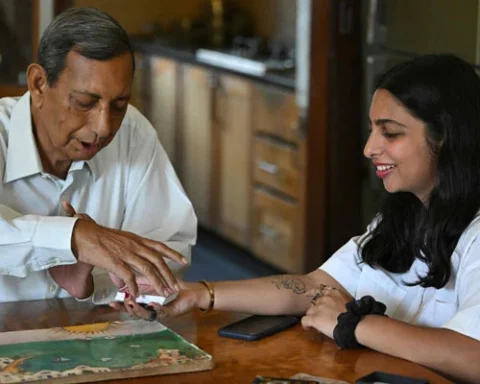Concept
The concept of the “Right to Culture” is an essential part of human rights and is recognized in various international treaties and agreements, including the International Covenant on Economic, Social and Cultural Rights (ICESCR) and other instruments.
The right to culture broadly encompasses the following aspects:
- Cultural Identity and Participation
Individuals and communities have the right to freely participate in their cultural life, practice their own cultural traditions, languages, and customs without discrimination. This includes the right to maintain, express, and transmit their cultural heritage and identity.
- Access to Cultural Heritage
People have the right to access and enjoy cultural heritage, including access to cultural sites, monuments, museums, literature, arts, and scientific achievements. This involves preserving and protecting cultural heritage for present and future generations.
- Cultural Diversity and Tolerance
The right to culture emphasizes the importance of respecting and promoting cultural diversity. It involves fostering tolerance, understanding, and dialogue among different cultures, ensuring the protection of minority cultures, languages, and traditions.
- Education and Cultural Rights
Education plays a vital role in promoting cultural understanding and respect. The right to culture includes access to education that respects and reflects various cultural backgrounds, languages, and traditions.
The right to culture aims to ensure that individuals and communities have the freedom to preserve, develop, and express their cultural identities without discrimination or suppression. States are encouraged to take measures to protect cultural rights, promote cultural diversity, and foster mutual respect and understanding among different cultures within their territories.
Constitution of Pakistan
The Constitution of Pakistan doesn’t explicitly have a standalone article dedicated to the “Right to Culture,” however there are specific articles indirectly address elements related to cultural rights, preservation of languages, safeguarding of cultural heritage, and the promotion of cultural diversity within the country.
- Article 20
This article protects the freedom to profess religion and to manage religious institutions. It indirectly safeguards the cultural rights of minorities by allowing them to practice and preserve their cultural and religious customs without discrimination.
- Article 28
It ensures the preservation of language, script, and culture. It states that any community with a distinct language, script, or culture shall have the right to preserve and promote it.
- Article 31
This article discusses the promotion of the Urdu language and its use for official and other purposes, while also encouraging provincial assemblies to adopt measures for the teaching, promotion, and use of provincial languages in education, administration, and mass media.
- Article 33
It addresses the protection of historical sites and monuments by declaring it a duty of the state to safeguard and preserve places of historic, cultural, and religious significance.
More on Right to Culture
Floods Cause Over 1,000 Deaths and Widespread Damage Across Pakistan, NA Told ISLAMABAD: The National Assembly was informed by the Prime Minister’s
Read More →Many young members eye a future abroad KARACHI: From a gated community for her Zoroastrian faith in Karachi, 22-year-old Elisha Amra has
Read More →From a gated community for her Zoroastrian faith in Pakistan’s megacity Karachi, 22-year-old Elisha Amra has waved goodbye to many friends migrating
Read More →Hindu Community shares joys in Holi marking spring, victory of good over evil BADIN/KARACHI: It’s the festival of good over evil. It’s
Read More →MoU will soon be drafted to facilitate the localisation of government websites in the Sindhi language. KARACHI: A meeting was held to
Read More →SUKKUR: The two-day Pakistan Literature Festival 2025 Sukkur Chapter II, organised by the Arts Council of Pakistan Karachi, concluded at Sukkur IBA
Read More →




